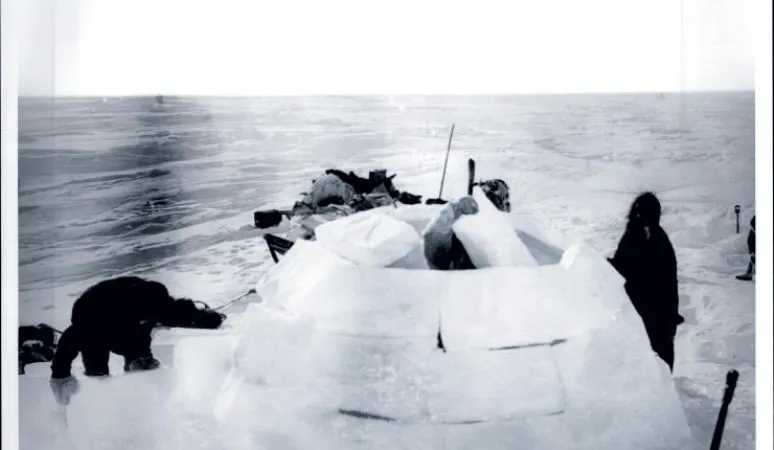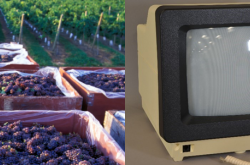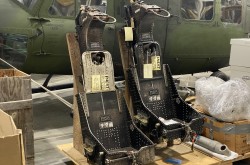Igloo
This article was originally written and submitted as part of a Canada 150 Project, the Innovation Storybook, to crowdsource stories of Canadian innovation with partners across Canada. The content has since been migrated to Ingenium’s Channel, a digital hub featuring curated content related to science, technology and innovation.
The ingenious structure.
Engineers and architects have found few structures more intriguing than the traditional home of the Inuit peoples of Canada. As old as human civilization itself, the igloo is ideal for several reasons. Perfect in composition, an igloo is made up entirely of the substance most abundant in Canada’s North—snow. Hard-packed snow cut into bricks—three feet by two feet by four inches thick—form the igloo’s structure. After the first row of snow blocks has been placed, several consecutive blocks are cut to form a sloping surface. A second row is then placed on the first, and then the blocks are built up in a continuous spiral until the final one is placed at the very summit. Snow also acts as mortar to seal any cracks and prevent cold air from entering and warm air from escaping.
Perfect in design, an igloo has a rounded beehive shape—known as acatenoid—that has no corners and therefore no wasted space. Nearly circular with a slight inward lean that becomes more acute as the wall rises, this shape enables the structure not only to bear enormous amounts of weight but also to become stronger as more weight is applied to it. Perfect in suitability, an igloo can be a permanent or temporary structure for one or many occupants. Those inside the structure warm it with the heat that emanates from their bodies. A small hole in the roof serves to ventilate exhaled breath from the people inside. Another small hole near the door allows fresh air to enter. Perfect in efficiency, an igloo is put together by two people in under an hour. The only tool required for the job is a long knife of bone or ivory. No wonder the igloo has lasted for millennia.














